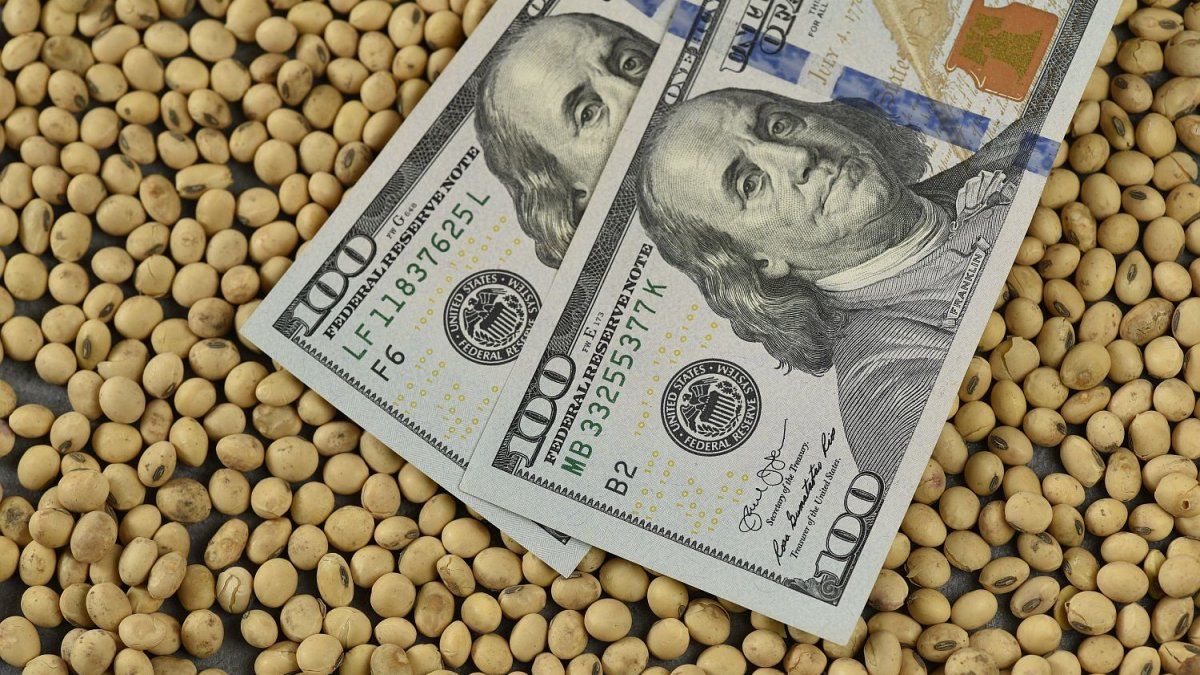In line with the lower reserve accumulation process of the monetary authority, the agro-export sector confirmed what was thought: fewer reserves were liquidated and there was equality in the accumulated 2024 vs 2023.
The Chamber of the Oil Industry of the Argentine Republic (CIARA) and the Center of Cereal Exporters (CEC), Entities that represent 48% of Argentine exports, announced this Monday that during the month of June, companies in the sector settled the sum of US$1,977,926,224; implying a decrease of 24% in relation to the month of May, an improvement of 25% in relation to the same month of June in 2023 and an equality in relation to the accumulated of the current year compared to the year 2023.
The content you want to access is exclusive to subscribers.
This data coincides with a bad month for the Central Bank since the Milei era when it accumulated a negative balance of US$84 million. Before starting June, the expectation was that the result would be clearly positive and would be located at a level not much lower than the US$2,532 million it bought in May. gross reservesMeanwhile, they ended at US$29,016 million, just US$352 million above the level of May 31, despite the fact that in the meantime the International Monetary Fund disbursed around US$790 million.


According to the official CIARA-CEC report, the foreign currency income for the month of June is result of the current export dollar regime from December 2023, international prices, the impact of the weather on the pace of corn and soybean harvesting, and the relationship between input and grain costs.
“Grain exports continue to operate with high levels of idle capacity, as does the oil industry, which is suffering from permanent negative margins,” the sector said.
The impact of lower liquidation on the economy
During the month of June, the markets began to see these problems in the accumulation of reserves which implied an exchange rate jump. In the city, rumors slowly began to spread that the 2% monthly crawling peg scheme was exhausted and put the Government in the need to ratify its exchange rate policy.
The blue rose 11.4% in June, while the CCL rose nearly 9% and the MEP, more than 10%. This brought the exchange gap to the edge of 50%a level that had not been seen for five months and that adds complexities to a commercial panorama that is about to enter the most unfavorable moment of the year for the BCRA’s coffers. This was reflected in the latest review of the International Monetary Fundwhich included in the recalibration of goals the perspective that In the second half, net reserves will lose US$2.2 billion.
Exports: How the oilseed-cereal complex fared
He oilseed-cereal complex, Including biodiesel and its derivatives, it accounted for 50.1% of Argentina’s total exports in 2023, according to INDEC data. The country’s main export product is soybean meal (12% of the total), which is an industrialized by-product generated by this agro-industrial complex, which currently has a high idle capacity of close to 70%. The second most exported product last year, according to INDEC, was corn (11%) and the third was soybean oil (6.9%).
Source: Ambito




